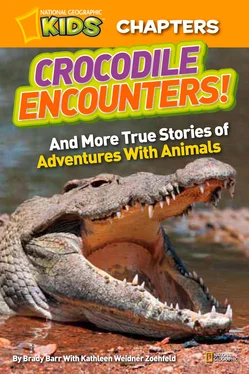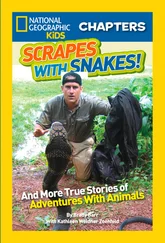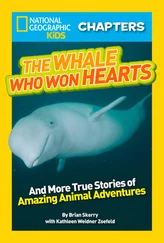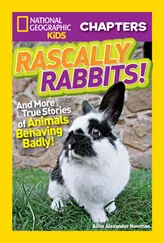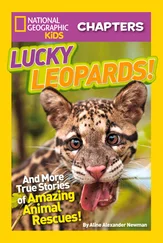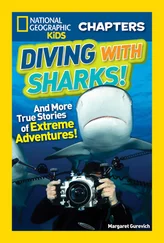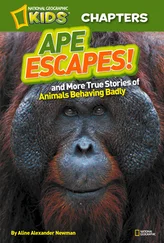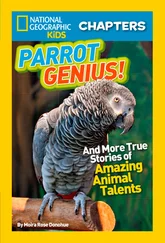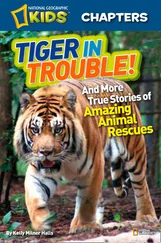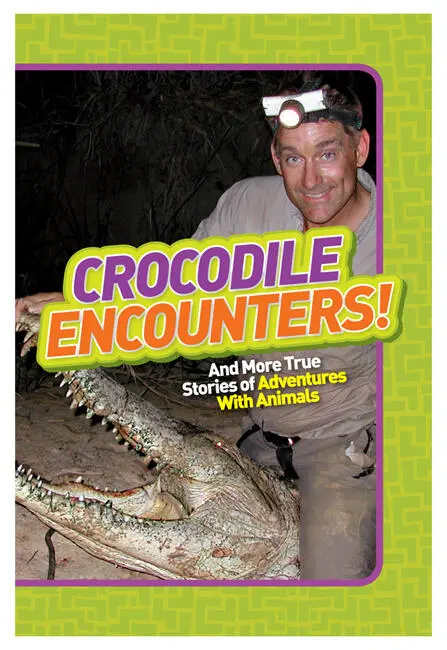
Copyright © 2012 National Geographic Society
All rights reserved. Reproduction of the whole
or any part of the contents without written
permission from the publisher is prohibited.
Published by the National Geographic SocietyJohn M. Fahey, Jr., Chairman of the Board and Chief Executive Officer Timothy T. Kelly, President Declan Moore, Executive Vice President; President, Publishing and Digital Media Melina Gerosa Bellows, Executive Vice President; Chief Creative Officer, Books, Kids, and Family
Prepared by the Book DivisionHector Sierra, Senior Vice President and General Manager Nancy Laties Feresten, Senior Vice President, Editor in Chief, Children’s Books Jonathan Halling, Design Director, Books and Children’s Publishing Jay Sumner, Director of Photography, Children’s Publishing Jennifer Emmett, Editorial Director, Children’s Books Eva Absher-Schantz, Managing Art Director, Children’s Books Carl Mehler, Director of Maps R. Gary Colbert, Production Director Jennifer A. Thornton, Director of Managing Editorial
Staff for This BookBecky Baines, Laura F. Marsh, Project Editors Lori Epstein, Illustrations Editor Eva Absher-Schantz, Art Director YAY! Design, Designer Grace Hill, Associate Managing Editor Joan Gossett, Production Editor Lewis R. Bassford, Production Manager Susan Borke, Legal and Business Affairs Kate Olesin, Assistant Editor Kathryn Robbins, Design Production Assistant Hillary Moloney, Illustrations Assistant
Manufacturing and Quality ManagementPhillip L. Schlosser, Senior Vice President Chris Brown, Vice President, NG Book Manufacturing George Bounelis, Vice President, Production Services Nicole Elliott, Manager Rachel Faulise, Manager Robert L. Barr, Manager
The National Geographic Society is one of the world’s largest nonprofit scientific and educational organizations. Founded in 1888 to “increase and diffuse geographic knowledge,” the Society works to inspire people to care about the planet. National Geographic reflects the world through its magazines, television programs, films, music and radio, books, DVDs, maps, exhibitions, live events, school publishing programs, interactive media and merchandise. National Geographic magazine, the Society’s official journal, published in English and 33 local-language editions, is read by more than 38 million people each month. The National Geographic Channel reaches 320 million households in 34 languages in 166 countries. National Geographic Digital Media receives more than 15 million visitors a month. National Geographic has funded more than 9,400 scientific research, conservation, and exploration projects and supports an education program promoting geography literacy. For more information, visit nationalgeographic.com.
For more information, please call
1-800-NGS LINE (647-5463) or
write to the following address:
National Geographic Society
1145 17th Street N.W.
Washington, D.C. 20036-4688 U.S.A.
Visit us online at nationalgeographic.com/books
For librarians and teachers: ngchildrensbooks.org
More for kids from National Geographic:
kids.nationalgeographic.com
For rights or permissions inquiries, please
contact National Geographic Books
Subsidiary Rights: ngbookrights@ngs.org
eISBN: 978-1-4263-1030-0
v3.1
Version: 2017-07-07
Cover
Title Page
Copyright
UNDERCOVER CROC
Chapter 1: Croc Disguise
Chapter 2: Dangerous Mission
Chapter 3: Joining the Club
TOY STORY
Chapter 1: A Plan to Catch a Croc
Chapter 2: The Great Chase
Chapter 3: Lost and Found
THE DEEP DARK DEN
Chapter 1: Draining the Lake
Chapter 2: What’s in There?
Chapter 3: Beware of Dark Holes!
CROC IN A BOX
Chapter 1: Croc on a Plane?
Chapter 2: Call That Croc In!
Chapter 3: Escape Artist
DON’T MISS!
More Information
Dedication
Credits
Acknowledgments
That’s me, zoologist Brady Barr, dressed in a special crocodile suit. My disguise let me get close to the crocs and collect information.
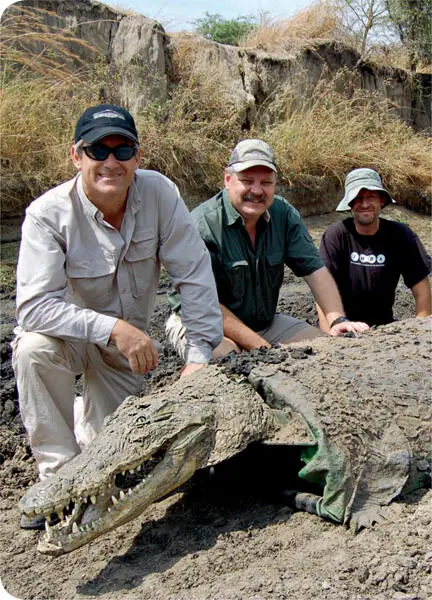
My team and I are ready for our dangerous mission in Tanzania.
Hi, my name is Brady Barr, and I’m a zoologist. That means I study animals. I’ve studied all kinds of animals in about 70 countries on Earth. But of all the animals I’ve worked with, crocodiles are my favorite.
There are 23 different types, or species, of crocodilians (sounds like krah-koh-DIL-ee-uhns). I’ve had the chance to see them all in the wild. I’ve been up close to the wide-snouted alligators and caimans (sounds like KAY-mens). I’ve been nose-to-nose with the narrow-jawed crocodiles. And I’ve even studied the weird and wonderful gharial (sounds like GAR-ree-uhl).
Sometimes I have to catch wild crocodiles for my work. For some studies, my team and I need to weigh and measure crocs. For other studies, we need to attach high-tech devices to the crocs. These devices help us keep track of the crocs, or they record information about changes in the areas where the crocs live.
The number of people on Earth is growing every year. More humans on the planet means people need more space. People are moving into areas that were once the wild homes, or habitats, of crocs. With their habitats shrinking, many species of crocodilians are dying out. When a species is dying out, we say it is an endangered species.
The more we know about endangered species and what they need, the better we can help them. But catching wild crocs is a dangerous job—for me and for the crocs!
To catch a croc, I usually have to snare it with a rope. Then I wrestle it until it is very tired. I jump onto its back and tie its jaws shut so it can’t bite. Then I tie its legs. That’s a lot easier said than done!
Even a tired crocodile is very strong. Catching one can turn dangerous quickly. Crocodiles are not used to having people jump on their backs. It is strange for them.
Endangered Crocs
About one-third of all croc species are endangered. In fact, many are among the most endangered animals on the planet. The Philippine crocodile used to live in lakes and rivers throughout the Philippines (sounds like FILL-ih-peens). Today it is only found in a few areas. As the number of humans has grown, more and more of its wild habitat has been turned into farmland.
Loss of habitat has driven the Philippine crocodile almost to extinction. Once a species is extinct, it’s gone forever.
That’s why I am always looking for better ways to handle the crocs and get the information we need.
We know that crocodiles are calmer around other crocs than around humans. If only another croc could find out what we need to know. Then it wouldn’t be so hard on the animal we want to study.
Читать дальше
